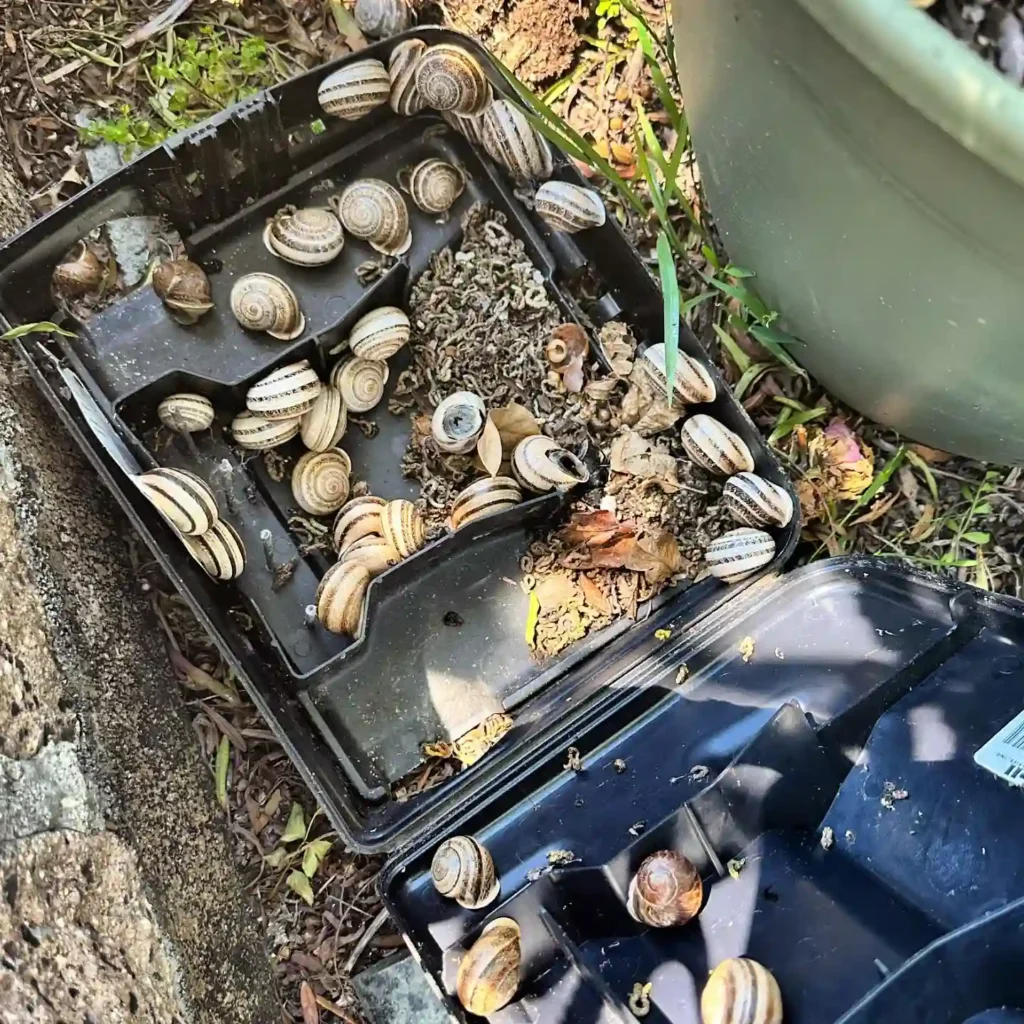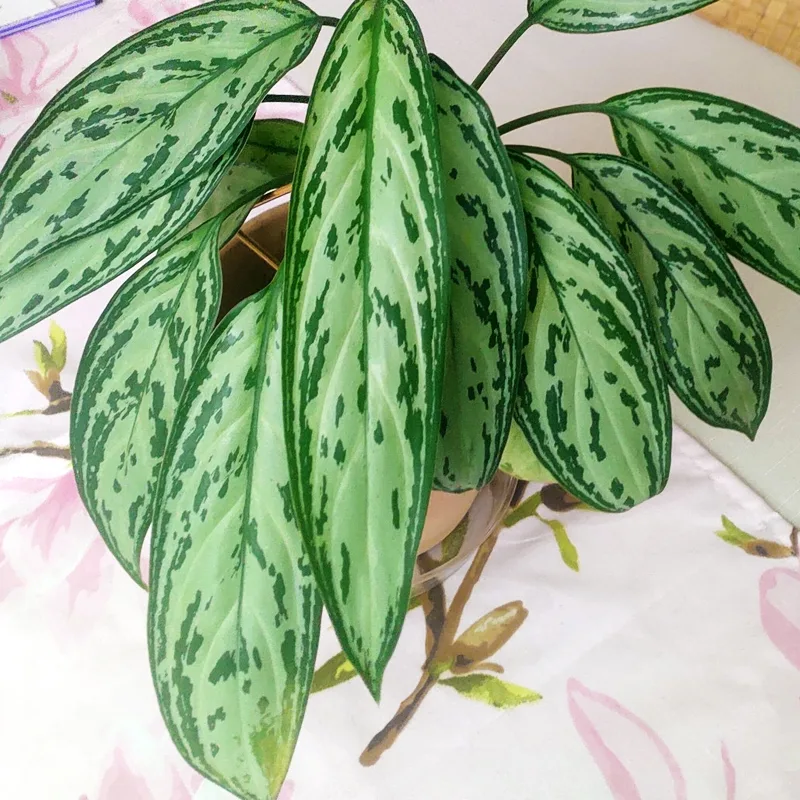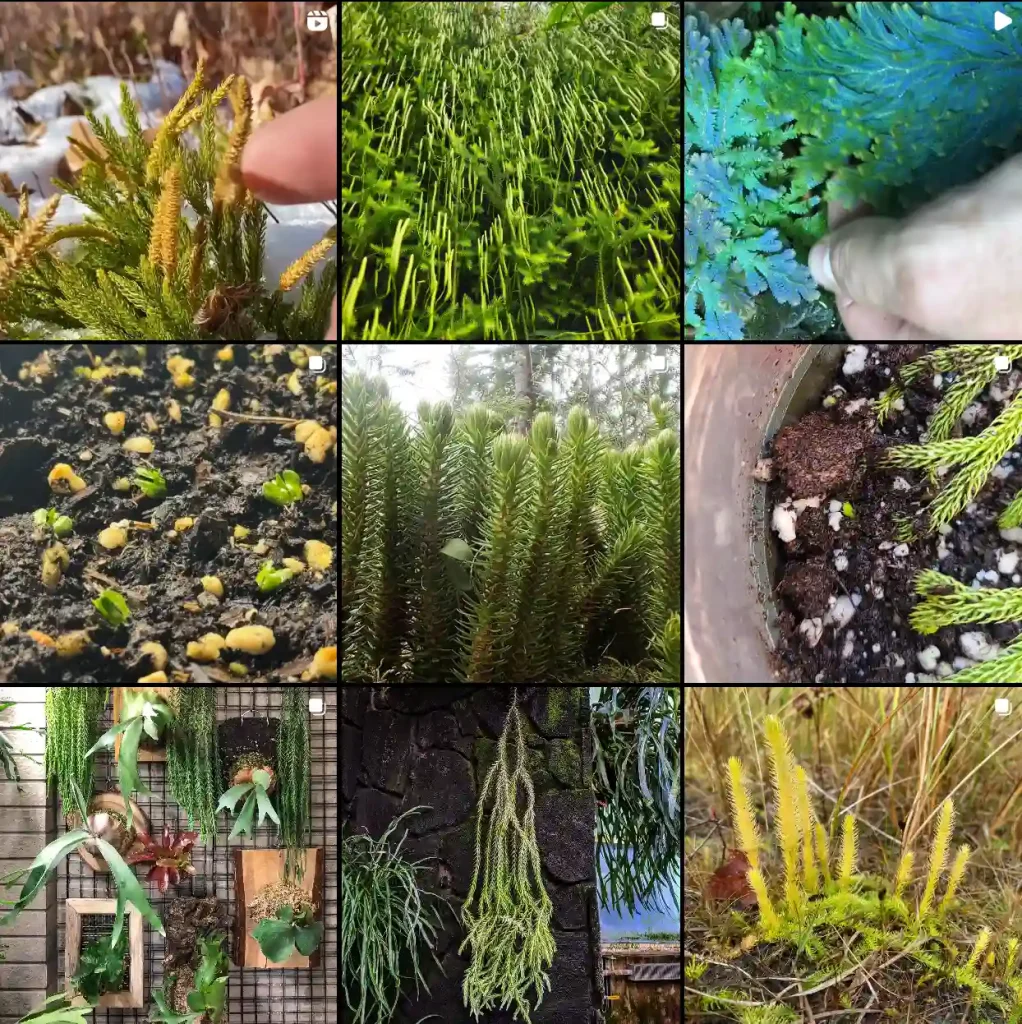
Tuberous Begonias: Your FAQ Guide
Tuberous Begonias have always fascinated me with their vibrant blooms and diverse forms. If you’re new to growing these stunning plants or looking to deepen your knowledge, I’ve put together a comprehensive FAQ guide based on my personal experiences and research. Whether you’re wondering how to propagate them or how to keep them thriving through winter, this guide should cover all your questions.
2104 Species in Genus Begonia
What Are Tuberous Begonias?
Tuberous Begonias are a type of Begonia known for their large, showy flowers and striking foliage. Unlike other Begonias that grow from seeds or cuttings, Tuberous Begonias grow from tubers. These tubers act like bulbs and store nutrients, allowing the plant to survive through adverse conditions and produce stunning blooms in the right season.
Tuberous Begonias varieties
Tuberous Begonias come in a wide range of varieties, each with unique characteristics and appealing traits. Based on my experiences and observations, here’s a detailed look at some notable Tuberous Begonia varieties that might inspire your gardening adventures.
1. Begonia ‘Nonstop’ Series
The ‘Nonstop’ series is renowned for its vibrant colors and continuous blooming. These begonias produce large, double flowers in shades of red, pink, white, orange, and yellow. They are particularly praised for their ability to flower all season long, making them a favorite for containers and garden beds.
2. Begonia ‘Illumination’ Series
The ‘Illumination’ series is distinguished by its large, ruffled flowers and striking color patterns. Varieties in this series, such as ‘Illumination Rose’ and ‘Illumination Apricot,’ offer a mix of bright and pastel hues. The plants have a bushy growth habit and are great for adding a splash of color to shaded areas.
3. Begonia ‘Doublet’ Series
The ‘Doublet’ series features semi-double flowers with a unique, layered appearance. These begonias come in a range of colors including red, pink, and white. Their flowers are often larger and more textured, adding a dramatic touch to any garden display.
4. Begonia ‘Picotee’ Series
The ‘Picotee’ series is known for its charming flowers with contrasting edges. For example, ‘Picotee Red’ has deep red flowers with white edges, while ‘Picotee Pink’ features pink blooms with a white trim. These begonias have a compact growth habit, making them ideal for containers and small garden spaces.
5. Begonia ‘Crispy Wave’
‘Crispy Wave’ is a unique Tuberous Begonia variety with textured, crinkled foliage that resembles a wave pattern. The plant produces vibrant flowers in colors like orange and red. Its distinctive leaf texture adds an extra layer of interest to its floral display.
6. Begonia ‘Bonfire’
‘Bonfire’ begonias are known for their fiery, vibrant blooms and compact growth. They feature large, semi-double flowers in shades of red, orange, and yellow. This variety is particularly well-suited for creating eye-catching arrangements in both garden beds and pots.
7. Begonia ‘Fimbriata’
The ‘Fimbriata’ variety stands out with its fringed, or “fimbriated,” flower edges. Available in colors such as pink, red, and white, these begonias add a touch of elegance with their unique flower shapes. They are well-regarded for their long-lasting blooms and adaptability to different growing conditions.
8. Begonia ‘Pendula’
The ‘Pendula’ variety is notable for its cascading growth habit, making it ideal for hanging baskets and container gardens. It produces large, trailing flowers in a range of colors, including pink, white, and red. The plant’s pendulous nature adds a dramatic flair to any vertical garden setup.
9. Begonia ‘Tuberhybrida’
The ‘Tuberhybrida’ group encompasses many hybrids and is known for its impressive variety of flower forms and colors. This group includes varieties with single, semi-double, and double flowers, offering something for every taste. They are valued for their large, showy blooms and versatility in garden design.
10. Begonia ‘Dragon Wing’
‘Dragon Wing’ begonias are recognized for their large, wing-shaped leaves and vibrant, pendulous flowers. Available in red and pink, these begonias are great for adding a bold splash of color to hanging baskets and container gardens. They are also known for their tolerance to varying light conditions.
11. Begonia ‘Giant’ Series
The ‘Giant’ series lives up to its name with its exceptionally large blooms and foliage. Varieties like ‘Giant Pink’ and ‘Giant Red’ produce massive, eye-catching flowers that can dominate a garden display. These begonias are perfect for creating focal points and adding drama to larger garden areas.
12. Begonia ‘Summer Twists’
‘Summer Twists’ begonias are distinguished by their twisted, spiral-like flowers. They come in vibrant colors such as coral, pink, and white. This variety is valued for its unique floral shapes and long-lasting blooms, making it a standout choice for both garden beds and containers.
How to Propagate Tuberous Begonias?
If you want to propagate Tuberous Begonias, the most reliable method is through tuber division. Here’s how I do it:
- Wait Until Dormancy: After the growing season, when the plant has died back, gently lift the tubers from the soil.
- Clean and Dry: Remove excess soil and let the tubers dry in a cool, dark place.
- Divide: Carefully cut the tubers into sections, ensuring each piece has at least one growth bud.
- Replant: Store the divided tubers in a cool, dry place until you’re ready to replant them in the spring.
Are Tuberous Begonias Perennials?
In most regions, Tuberous Begonias are treated as annuals because they can’t withstand frost. However, if you live in a zone where the winters are mild, you might get them to act like perennials by overwintering them properly.
How to Overwinter Tuberous Begonias?
Overwintering Tuberous Begonias is crucial if you want to replant them the following season:
- After Frost: Once the foliage has died back, dig up the tubers.
- Clean and Cure: Brush off the soil and let them cure in a dry, cool place for a couple of weeks.
- Storage: Store the tubers in a paper bag or a box filled with dry peat moss or sand. Keep them in a cool, dark location, ideally around 50°F (10°C).
How to Care for Tuberous Begonias?
Caring for Tuberous Begonias involves a few key practices:
- Light: They prefer bright, indirect light. Too much direct sun can scorch their leaves.
- Water: Keep the soil consistently moist but not soggy. Avoid getting water on the foliage to prevent fungal diseases.
- Fertilizer: Feed them with a balanced, water-soluble fertilizer every two weeks during the growing season.
- Temperature: They thrive in temperatures between 60°F to 75°F (15°C to 24°C).
What to Plant with Tuberous Begonias?
Companion plants that work well with Tuberous Begonias include:
- Coleus: Adds vibrant foliage that contrasts beautifully with Begonias.
- Impatiens: Shares similar care needs and creates a cohesive look.
- Caladiums: Their striking leaves complement the Begonias’ blooms.
Can Tuberous Begonias Be Grown Indoors?
Yes, Tuberous Begonias can be grown indoors. They make excellent houseplants, provided they receive enough indirect light and are kept away from drafts. Ensure good air circulation to prevent mold and mildew.
Are Tuberous Begonias Poisonous to Dogs?
Tuberous Begonias are indeed toxic to dogs. They contain compounds that can cause mild to severe gastrointestinal upset if ingested. Keep these plants out of reach of pets to avoid any health issues.
How to Deadhead Tuberous Begonias?
Deadheading Tuberous Begonias involves removing spent flowers to encourage more blooms:
- Identify Dead Flowers: Look for flowers that are wilted or have finished blooming.
- Pinch or Cut: Gently pinch off the spent flowers at their base or use sterilized scissors to cut them.
- Maintain Plant Health: Regular deadheading helps the plant focus its energy on producing new blooms rather than seed production.
Benefits of Growing Tuberous Begonias
Growing Tuberous Begonias has several benefits:
- Long-Lasting Blooms: They offer continuous color throughout the growing season.
- Versatility: Suitable for both garden beds and container gardening.
- Low Maintenance: Once established, they require minimal care compared to some other flowering plants.
Common Problems and Solutions
Tuberous Begonias can face a few issues:
- Powdery Mildew: This fungal disease appears as a white powdery substance. Improve air circulation and avoid overhead watering.
- Root Rot: Caused by overwatering, it leads to mushy roots. Ensure well-draining soil and avoid waterlogging.
By addressing these common problems promptly and following the care guidelines, you can enjoy a vibrant display of Tuberous Begonias in your garden or home. Happy gardening!
If i die, water my plants!



